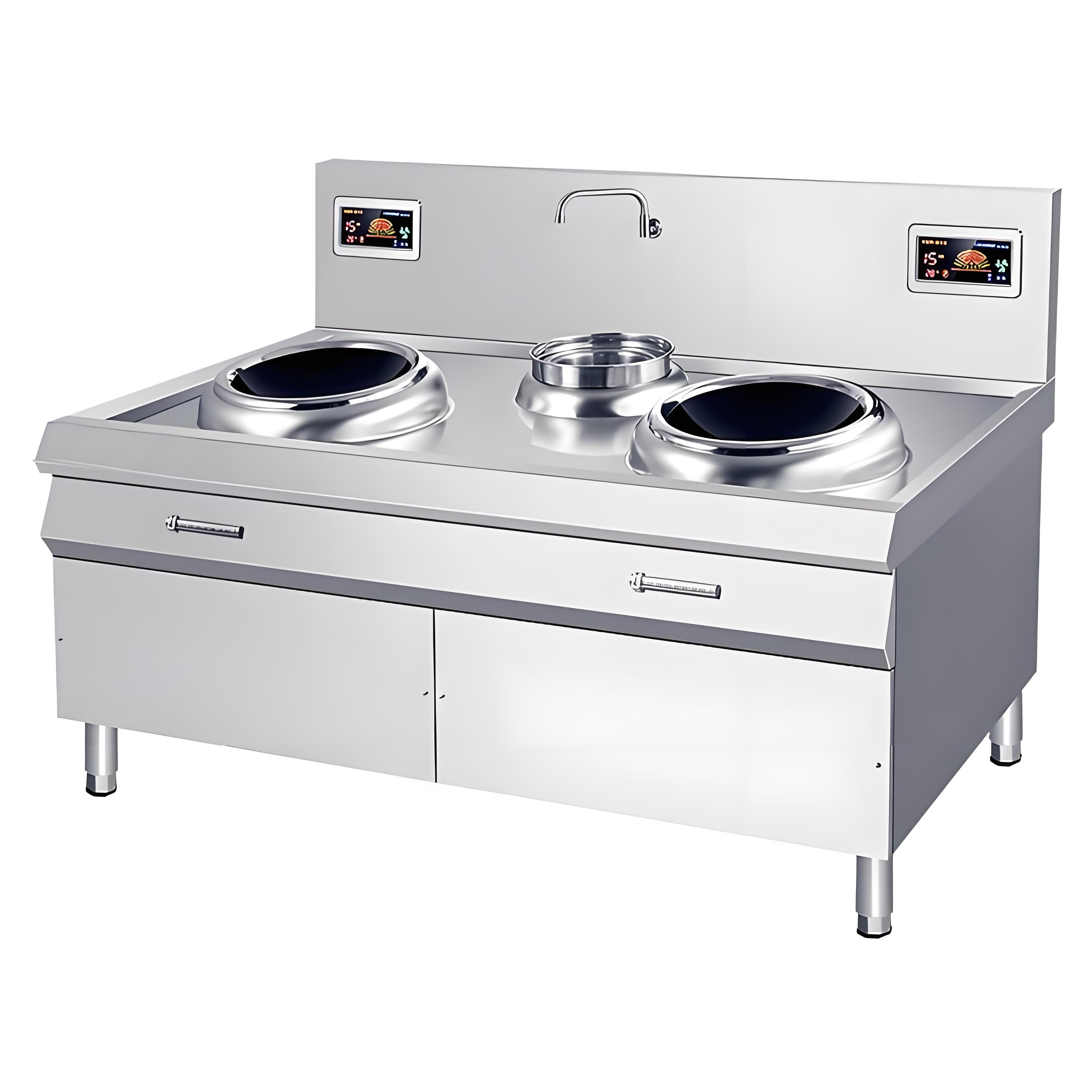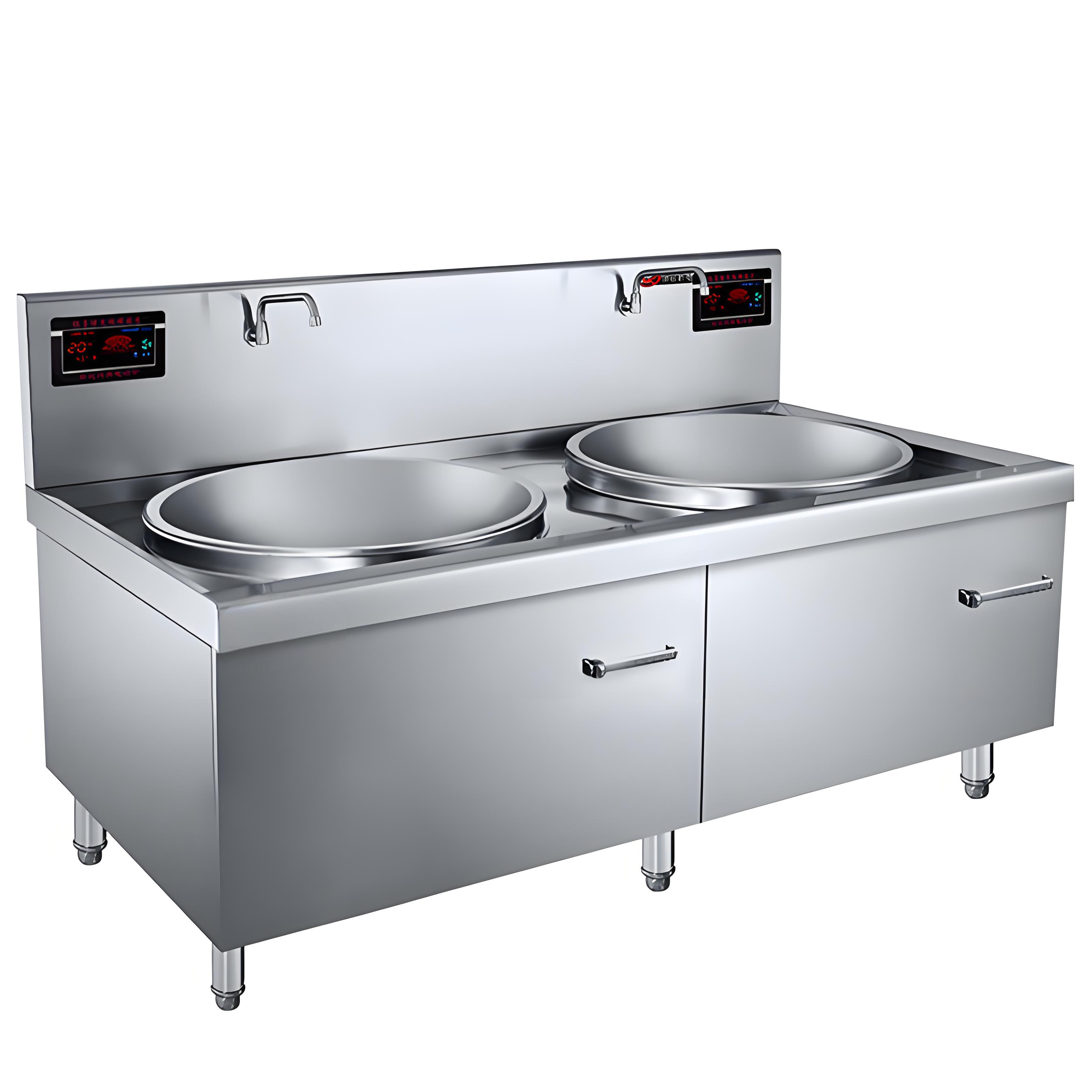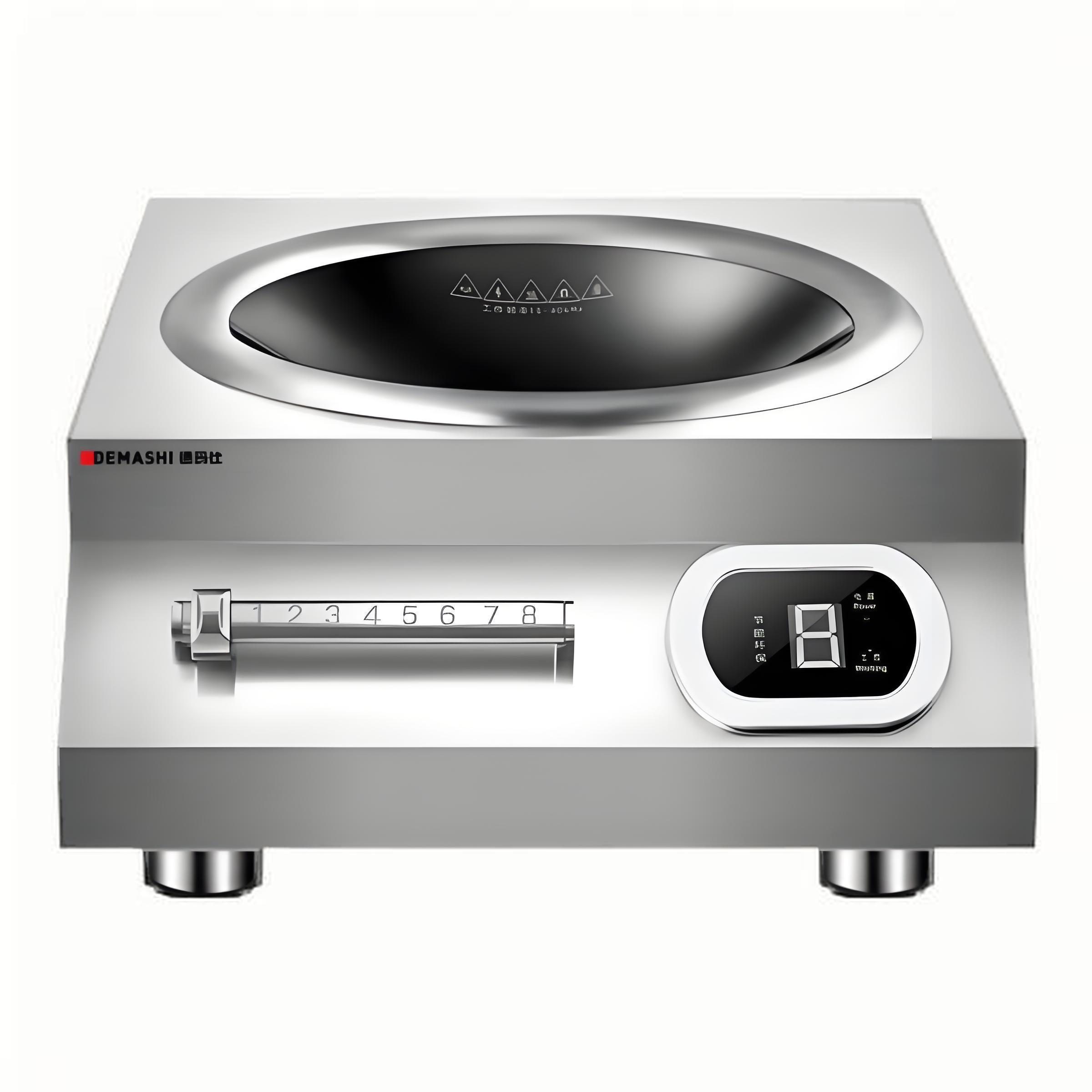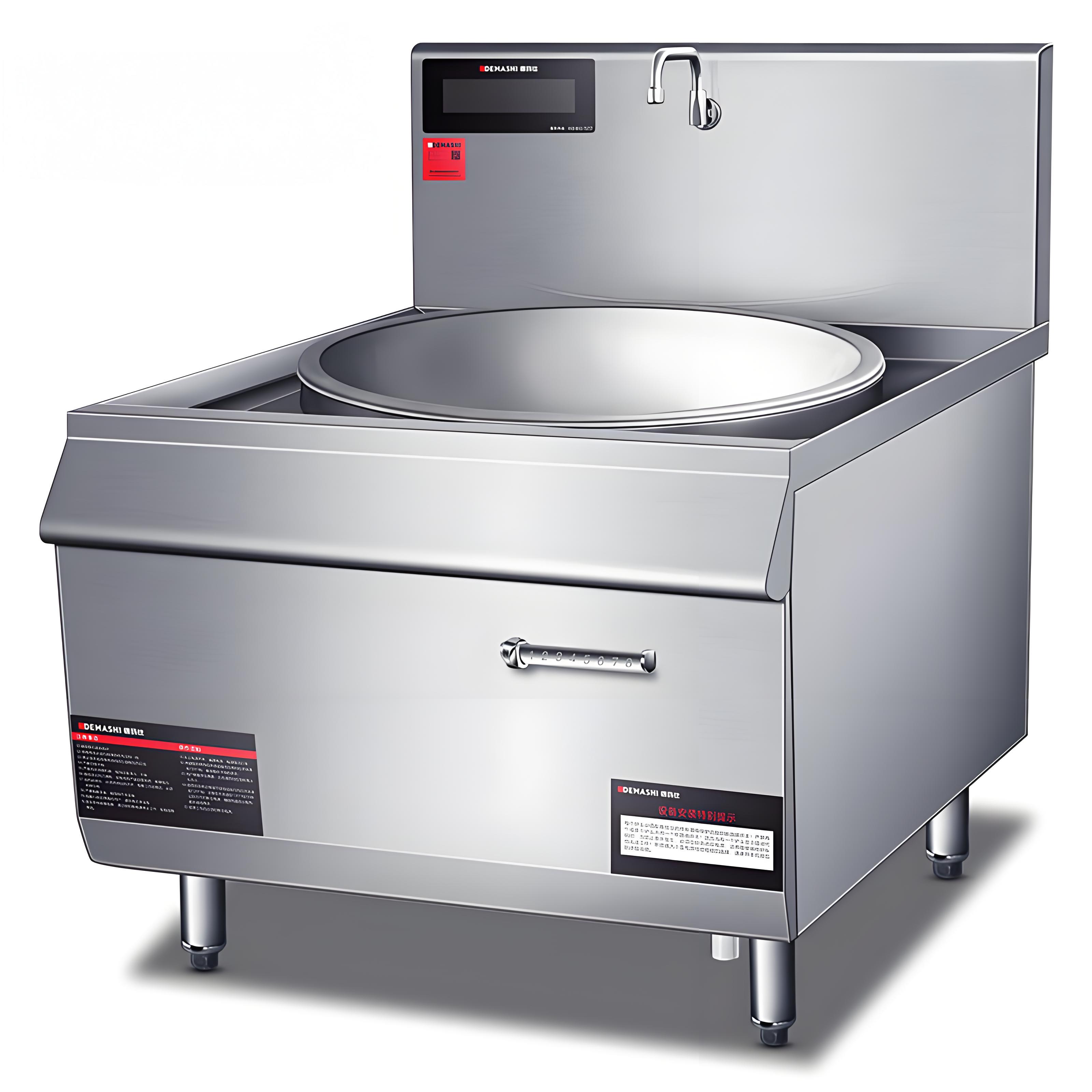As a kitchen appliance enthusiast with years of hands-on experience troubleshooting induction cooktops, I’ve encountered just about every quirk these high-tech devices can throw at you. One issue that frustrates many home cooks is: What do you do when your induction cooktop heats unevenly? Picture this: you’re simmering a sauce, only to find one side of the pan is bubbling furiously while the other is barely warm. It’s annoying, and it can ruin your dish. Having worked with countless models and helped homeowners solve this exact problem, I can tell you that uneven heating is often fixable with a few adjustments. In this article, I’ll dive into the causes of uneven heating, share practical solutions based on my experience, and offer tips to ensure your induction cooktop performs at its best, so you can get back to cooking with confidence.
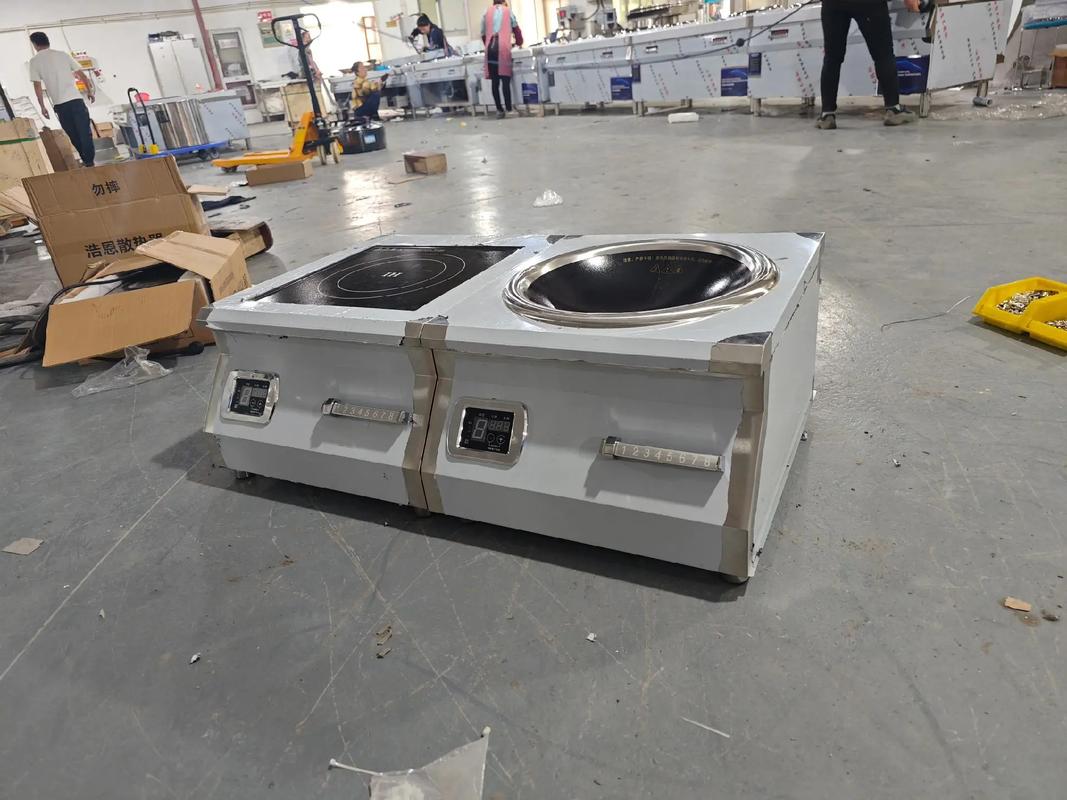
Why Does an Induction Cooktop Heat Unevenly?
Induction cooktops are celebrated for their precision, using electromagnetic fields to heat cookware directly. But when heating is inconsistent—say, hot spots in one area and cold spots in another—it’s usually due to specific factors. Understanding how induction technology works is key to pinpointing the issue. A copper coil beneath the cooktop’s glass surface generates a magnetic field, inducing heat in compatible cookware (like cast iron or stainless steel). If anything disrupts this process, uneven heating can occur. Here are the most common culprits I’ve seen in my work:
Cookware Issues: The material, size, or shape of your pan can affect heat distribution. Non-compatible or warped cookware often leads to uneven results.
Improper Pan Placement: If the pan isn’t centered on the burner, the magnetic field may not heat it uniformly.
Cooktop Settings: Incorrect power levels or mismatched settings can cause inconsistent heating.
Surface or Hardware Issues: A dirty cooktop surface, damaged coils, or internal malfunctions can disrupt the magnetic field.
Cookware Contact: Poor contact between the pan and the cooktop surface can lead to uneven energy transfer.
In my experience, most uneven heating issues stem from cookware or user habits, but hardware problems can’t always be ruled out. Let’s break down each cause and how to address it.
Common Causes and Solutions for Uneven Heating
1. Cookware Compatibility and Quality
The single biggest factor in uneven heating is often the cookware itself. Induction cooktops require pots and pans made of ferromagnetic materials, like cast iron or certain stainless steels. If your cookware isn’t fully compatible, the magnetic field won’t heat it evenly. Thin or warped pans are also prone to hot spots, as they don’t maintain consistent contact with the cooktop.
Solution: Use high-quality, induction-compatible cookware with a flat, thick base. Test compatibility by seeing if a magnet sticks firmly to the bottom of the pan. I once helped a client who was frustrated with uneven frying. Their old, lightweight aluminum pan wasn’t induction-ready. Switching to a heavy-bottomed stainless steel skillet eliminated the hot spots entirely. Also, ensure the pan size matches the burner—too small or too large a pan can cause uneven heating.
2. Improper Pan Placement
If your pan isn’t centered on the burner, the magnetic field won’t distribute heat evenly, leading to hot and cold spots. This is a common oversight, especially with cooktops that have multiple burners or flexible cooking zones.
Solution: Always center the pan on the burner, aligning it with the marked cooking zone. Most cooktops have visual guides to help with placement. In one case, a homeowner complained that their soups were burning on one side. A quick check revealed they were placing the pot slightly off-center. Repositioning it solved the issue instantly.
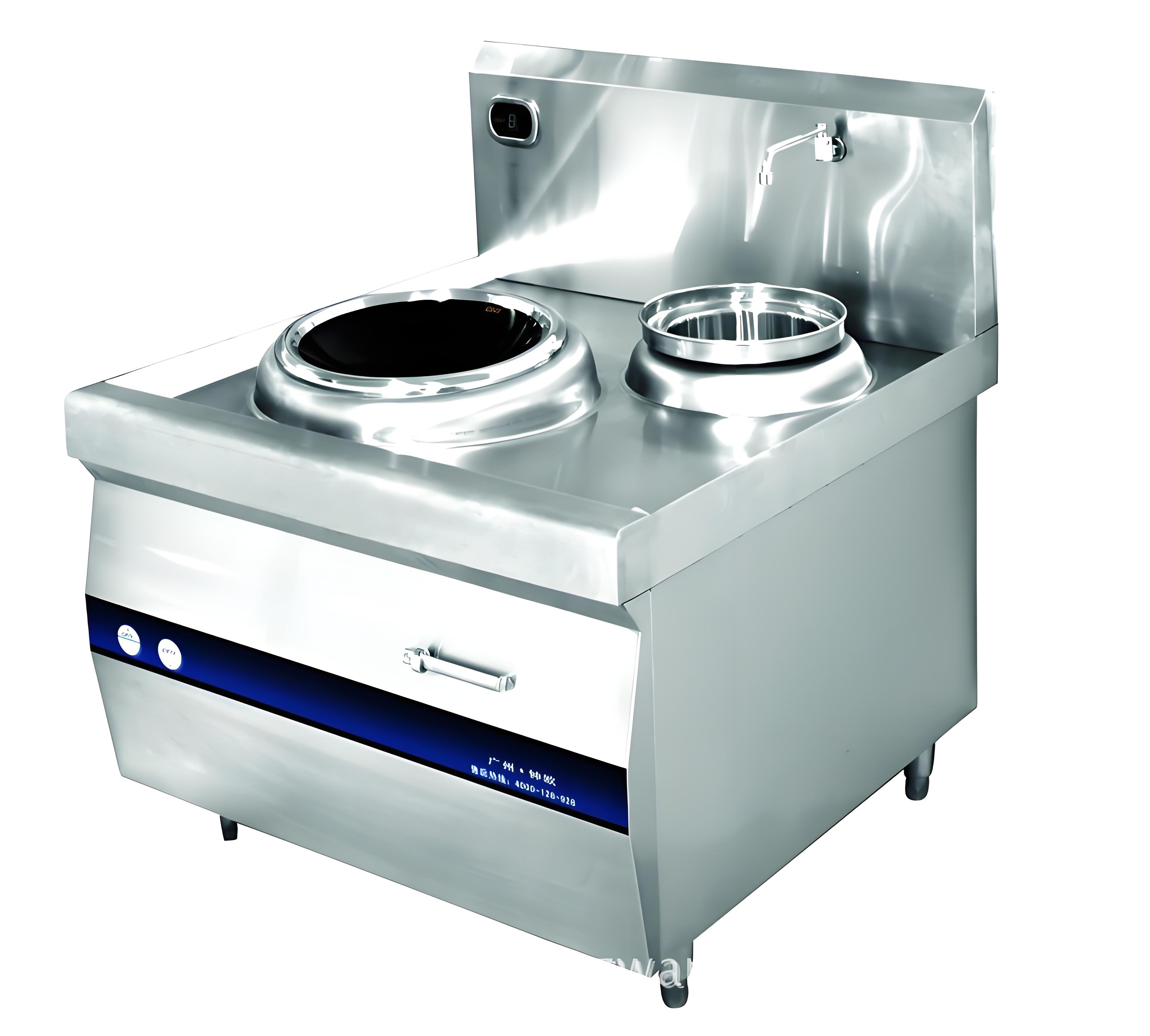
3. Incorrect Power Settings
Induction cooktops are sensitive to power settings. If you’re using a high setting for delicate tasks like simmering, the cooktop may cycle on and off rapidly, creating uneven heat. Conversely, low settings might not provide enough power for large or heavy pans, leading to slow or inconsistent heating.
Solution: Match the power setting to the cooking task. For example, use medium-high settings for boiling or searing and lower settings for simmering. If your cooktop has a “boost” mode, reserve it for quick tasks like boiling water, as prolonged use can cause uneven heat distribution. Experiment with settings to find the sweet spot for your cookware and recipe.
4. Dirty or Damaged Cooktop Surface
A dirty cooktop surface—think grease, food splatter, or debris—can interfere with the magnetic field, reducing efficiency and causing uneven heating. Scratches or cracks on the glass surface can also disrupt performance.
Solution: Keep the cooktop clean by wiping it with a damp cloth and mild cleaner after each use (once it’s cool). Avoid abrasive sponges that could scratch the glass. I recall a client whose cooktop was heating unevenly due to a layer of burnt-on grease. A thorough cleaning restored its performance. If the surface is damaged, consult a technician, as cracks may affect the magnetic field.
5. Internal Hardware Issues
Though rare, internal problems like damaged coils, faulty sensors, or electrical issues can cause uneven heating. These are more common in older or heavily used cooktops.
Solution: If you’ve ruled out cookware, placement, and surface issues, it’s time to call a professional. A technician can test the coils and electronics to diagnose problems. In one project, a client’s cooktop had uneven heating due to a loose coil connection, which a technician fixed quickly. Regular maintenance, like checking for loose components, can prevent such issues.

Comparing Common Causes of Uneven Heating
To help you identify the issue with your cooktop, here’s a table summarizing the main causes, their signs, and fixes:
| Cause | Signs | Fix | Prevention Tips |
|---|---|---|---|
| Incompatible Cookware | Hot spots, slow heating | Use thick, induction-compatible pans | Check with a magnet |
| Misaligned Pan | One side hotter than the other | Center pan on burner | Use burner size guides |
| Incorrect Settings | Inconsistent boiling or simmering | Adjust power level to task | Experiment with settings |
| Dirty Surface | Reduced efficiency, hot spots | Clean with mild cleaner | Regular cleaning routine |
This table is a handy reference for troubleshooting. In my experience, cookware and placement issues account for 80% of uneven heating complaints, so start there before suspecting hardware problems.
Practical Tips to Prevent Uneven Heating
Based on years of helping users optimize their induction cooktops, here are my top tips to ensure even heating:
Invest in Quality Cookware: Choose pans with flat, thick bases (at least 3-4 mm thick) made of cast iron or stainless steel. Ensure the pan diameter matches the burner size—typically 6-10 inches for standard burners.
Center Your Cookware: Always align the pan with the burner’s marked zone. If your cooktop has flexible zones, ensure the pan covers the active area fully.
Clean Regularly: Wipe the cooktop after each use to remove grease or debris. Use a soft cloth and a cleaner designed for glass-ceramic surfaces to avoid scratches.
Match Settings to Tasks: Use high settings for boiling or searing, medium for general cooking, and low for delicate tasks like melting chocolate. If your cooktop has precise temperature controls, use them for better consistency.
Check Pan Flatness: Warped or dented pans cause uneven contact. Place a ruler across the pan’s base to check for flatness. Replace warped cookware to improve performance.
Monitor Cooktop Condition: If you notice scratches, cracks, or changes in performance, have the cooktop inspected. Regular maintenance can catch issues early.
I once worked with a chef who was struggling with uneven browning when searing steaks on an induction cooktop. The issue was a combination of a slightly warped pan and high power settings that caused rapid cycling. Switching to a flat-bottomed cast iron skillet and using a medium-high setting produced perfectly even results. This reinforced how small adjustments can make a big difference.

When to Seek Professional Help
If you’ve tried the above solutions and uneven heating persists, it’s time to consider a deeper issue. Here are signs that warrant a technician’s attention:
Persistent Hot Spots: If hot spots remain despite using compatible cookware and correct placement, the coil or sensor may be faulty.
Burner Not Heating Properly: If one burner consistently underperforms or heats unevenly compared to others, there could be an electrical issue.
Unusual Noises or Behavior: Loud buzzing, clicking, or erratic power cycling can indicate internal problems.
Visible Damage: Cracks or deep scratches on the glass surface may disrupt the magnetic field, requiring repair or replacement.
I recall a case where a client’s cooktop was heating unevenly on one burner. After confirming the cookware and settings were correct, a technician found a damaged coil, which was replaced under warranty. Don’t hesitate to contact a professional if you suspect hardware issues, as ignoring them can lead to bigger problems.
Real-World Insights: Lessons from the Kitchen
Let me share a story that sums up the uneven heating issue. A client reached out because their induction cooktop was producing unevenly cooked pancakes—some were golden, others underdone. I visited their kitchen and noticed they were using a thin, non-induction-compatible pan that was slightly warped. The pan was also larger than the burner, causing uneven energy transfer. We swapped it for a 10-inch cast iron griddle, centered it carefully, and adjusted the power to a steady medium setting. The next batch of pancakes was perfectly uniform, and the client was thrilled.
In another case, a homeowner’s cooktop had a dirty surface from months of heavy use. A thorough cleaning with a glass-ceramic cleaner restored even heating, proving that maintenance is just as important as equipment choice. These experiences highlight that uneven heating is often a solvable problem with the right approach.
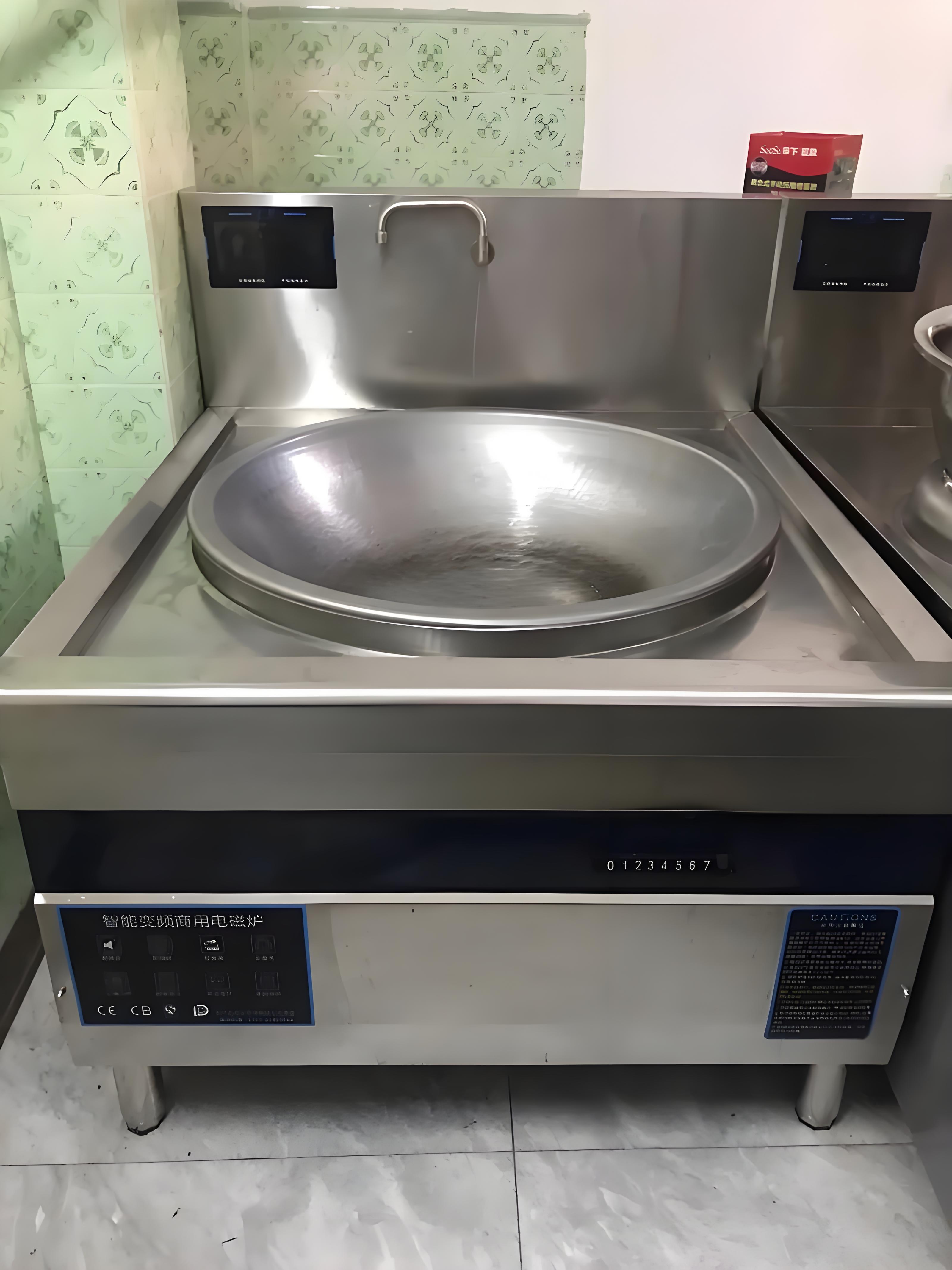
Comparing Induction Cooktops to Other Cooking Methods
To put induction cooktop performance in context, let’s compare it to other cooking methods in terms of heating consistency:
| Cooking Method | Heating Consistency | Pros | Cons |
|---|---|---|---|
| Induction Cooktop | Generally even with proper setup | Precise, energy-efficient | Sensitive to cookware quality |
| Gas Stove | Moderately even | Instant heat adjustment | Flame distribution varies |
| Electric Coil Stove | Often uneven | Affordable, simple | Slow to heat, hot spots common |
| Ceramic Radiant | Moderately even | Smooth surface, easy to clean | Slower response than induction |
Induction cooktops excel in precision when used correctly, but their performance hinges on compatible cookware and proper use, unlike gas stoves, which are less picky but harder to control.
Common Misconceptions About Uneven Heating
Over the years, I’ve heard a few myths about induction cooktop performance:
Myth 1: Uneven heating means the cooktop is broken. Often, it’s due to cookware or user error, not a defective unit.
Myth 2: All induction cooktops heat perfectly evenly. No cooktop is immune to uneven heating if the setup isn’t optimized.
Myth 3: You can’t fix uneven heating. With the right cookware, settings, and maintenance, most issues are resolvable.
Wrapping Up
If your induction cooktop is heating unevenly, don’t despair—most issues are fixable with simple adjustments. Start by checking your cookware for compatibility and flatness, ensure proper placement, and match power settings to your cooking task. Regular cleaning and maintenance can prevent surface-related problems, and if all else fails, a technician can diagnose hardware issues. With the right approach, your induction cooktop can deliver the consistent, precise heating it’s known for.
Having helped countless home cooks troubleshoot their appliances, I’ve seen how a few tweaks—like swapping a pan or cleaning the surface—can transform the cooking experience. Induction cooktops are powerful tools, and with a little care, they’ll serve up perfectly cooked meals every time. Here’s to even heating and delicious results!

Related Questions and Answers
1. How do I know if my cookware is induction-compatible?
Test it with a magnet—if it sticks firmly to the pan’s base, it’s compatible. Choose thick, flat-bottomed pans for best results.
2. Why does my induction cooktop have hot spots?
Hot spots are often caused by incompatible or warped cookware, off-center placement, or high power settings. Check your pan and adjust placement or settings.
3. Can a dirty cooktop cause uneven heating?
Yes, grease or debris can interfere with the magnetic field. Clean the surface regularly with a mild cleaner designed for glass-ceramic cooktops.
4. Should I replace my cooktop if it heats unevenly?
Not usually. Try optimizing cookware, placement, and settings first. If the problem persists, consult a technician to check for internal issues.
5. Do high-end induction cooktops heat more evenly?
They often have better coil designs and sensors, improving consistency, but proper cookware and use are still critical for even heating.
